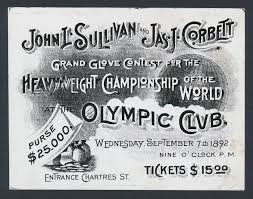
The Birth of American Popular Culture

History Through…
The Great Moon Hoax
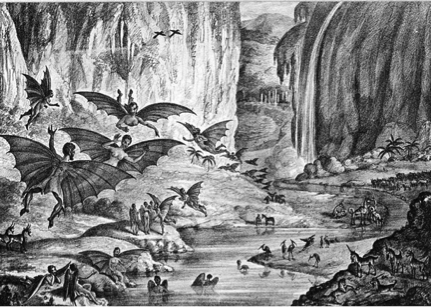
Late in the summer of 1835, the New York Sun ran a stunning story under the headline: “Great Astronomical Discoveries Lately Made by Sir John Herschel, L.L.D., F.R.S., & Co.”
Hershel’s telescope, the Sun reported, revealed that the moon contained bison, goats, unicorns, and most remarkably, winged men.
The Sun, the first newspaper to use newsboys to hawk its papers, was one of the country’s first mass circulation newspapers. The Great Moon Hoax helped increase its circulation from 10,000 to 19,000.
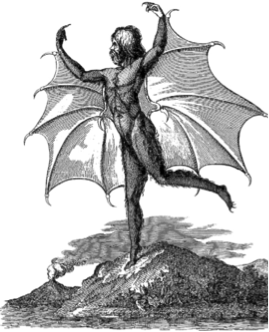
The Great Moon Hoax was one of the earliest examples of a new kind of commercial popular culture, produced for mass consumption by a broad spectrum of the public.
As the country grew more urban, new kinds of entertainment appeared, including baseball, the country’s first team sport.
Enterprising entrepreneurs appealed to the public in new ways: With the first mass circulation newspapers, new kinds of popular entertainment, such as the minstrel show, and new kinds of music.

Sight and Sound
P.T. Barnum
The most famous and notorious purveyor of popular culture was P.T. Barnum.
A literal Connecticut Yankee, born in Bridgeport in 1810, Barnun is reputed to have said that “there is a fool born every minute.” A staunch opponent of slavery and the drinking of alcohol and a supporter of women’s rights, Barnum made a fortune through pioneering campaigns of advertising and self-promotion. A critic said that an appropriate motto for Barnum would be: “Lie and swindle as much as you please…but be sure you read your Bible and drink no brandy!”
Throughout his life, the “prince of humbugs” never stopped believing that the public enjoyed hoaxes, humbugs, and having its wits tested. He got his start by exhibiting a slave woman named Joice Heth, who he claimed was 161-years-old and had served as George Washington’s nurse maid. After her death in 1836, an autopsy revealed that she was not older than 80.
Barnum achieved fame and fortune from his 25-cent American Museum in New York, where he offered exhibits of art, music, illustrations of biblical scenes, a working model of Niagara Falls, a bearded lady, and the “Feejee mermaid,” which had the head of a monkey and the body of a fish. His most popular exhibits were the 25-inch tall General Tom Thumb and Jumbo, an immense white elephant. He kept crowds moving through his museum with signs pointing to the “egress,” which turned out to be the exit, not an exotic bird. An impresario extraordinaire, successfully promoted an American tour of the soprano Jenny Lind, the “Swedish nightingale” and the greatest musical sensation of her generation. His technique: advertising the adversities she had suffered as a child including her illegitimate birth and emphasizing that her tour was a test of Americans’ capacity to appreciate European culture.
Attendance at the American Museum was extraordinary. At its peak, the museum attracted 15,000 visitors a day, and an estimated 38 million customers visited the museum between 1841 and 1865. After his museum burned to the ground, Barnum opened “the Greatest Show on Earth,” a spectacular three-ring circus.
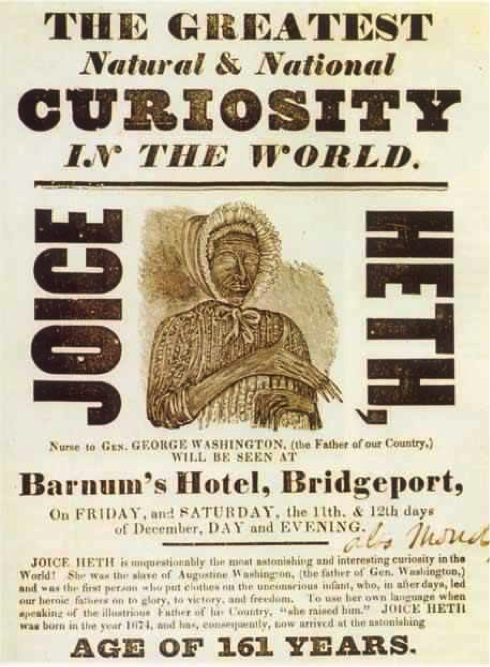
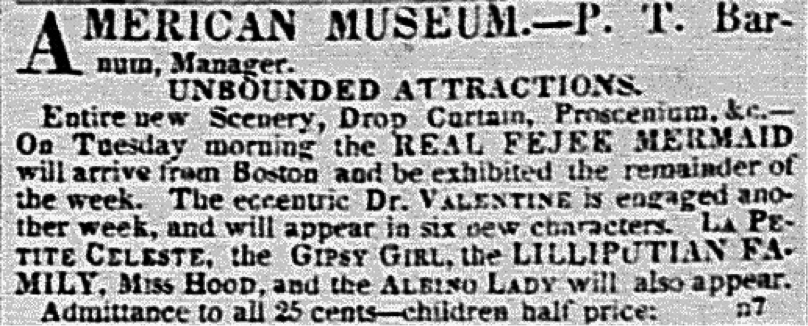
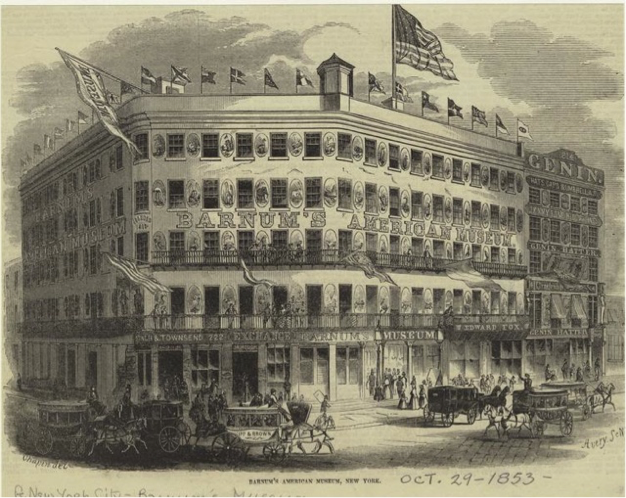
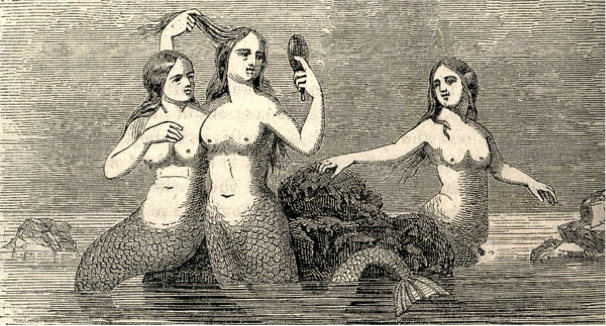
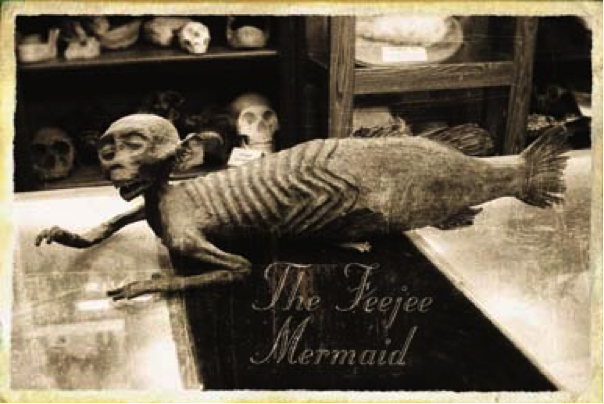
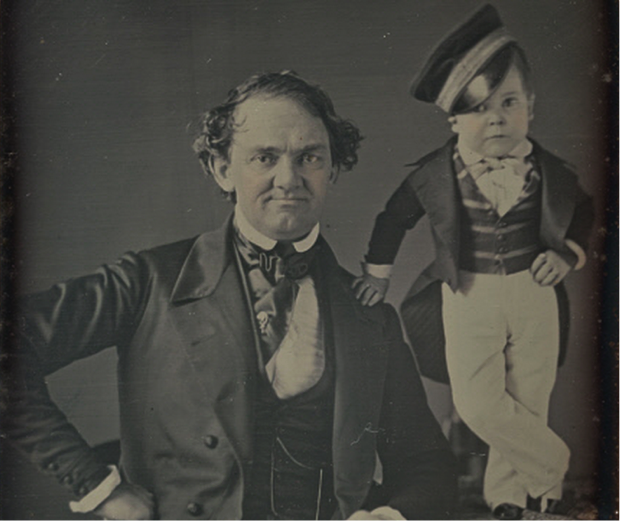
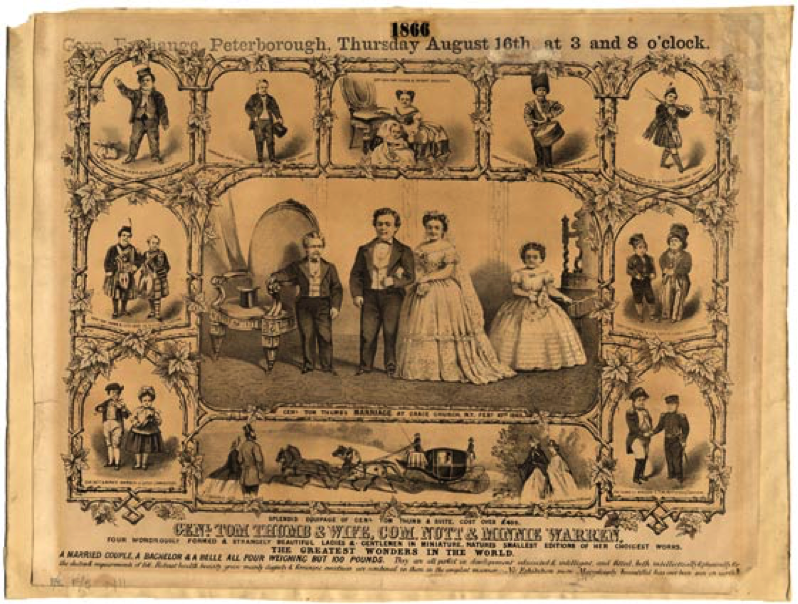
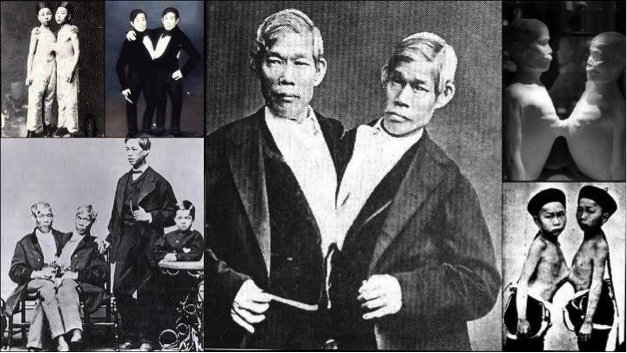
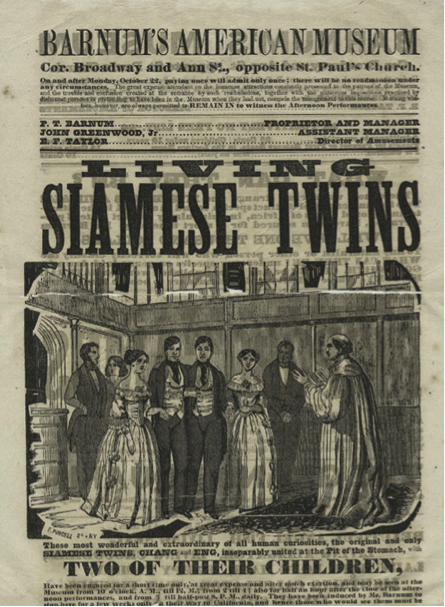
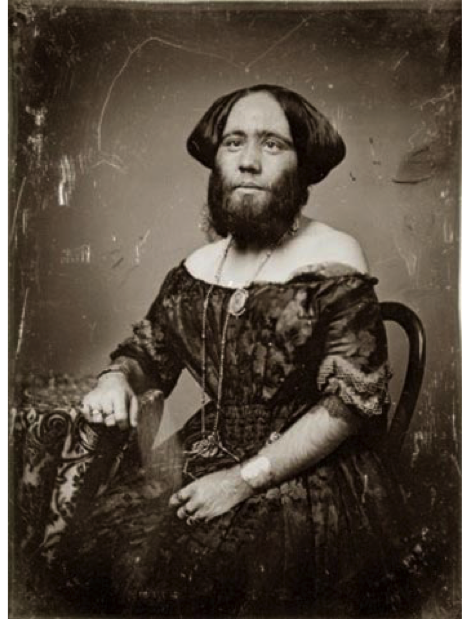
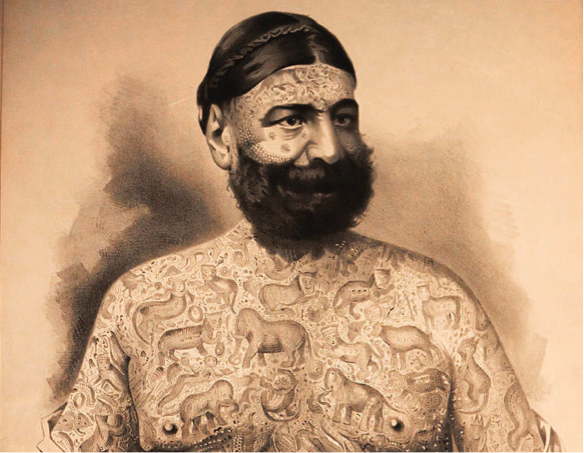
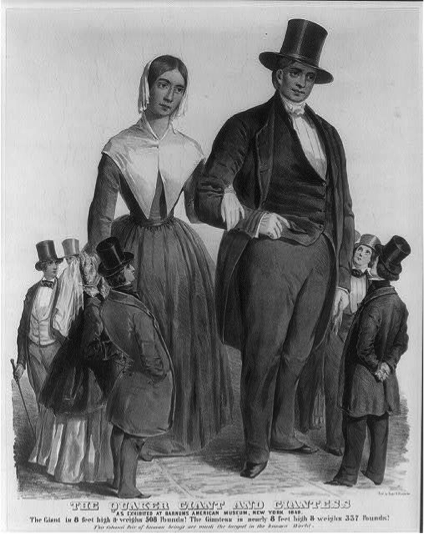
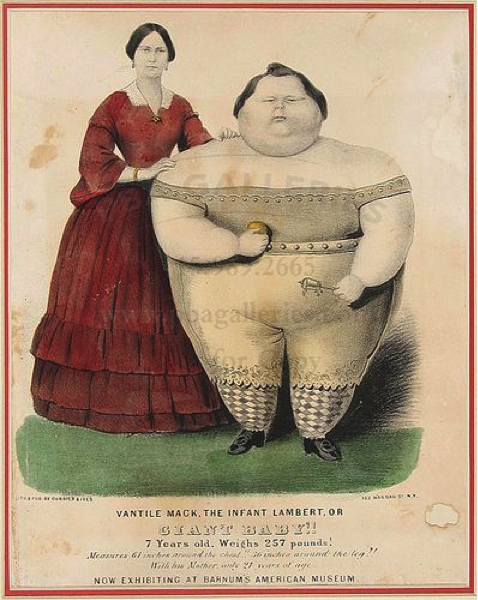
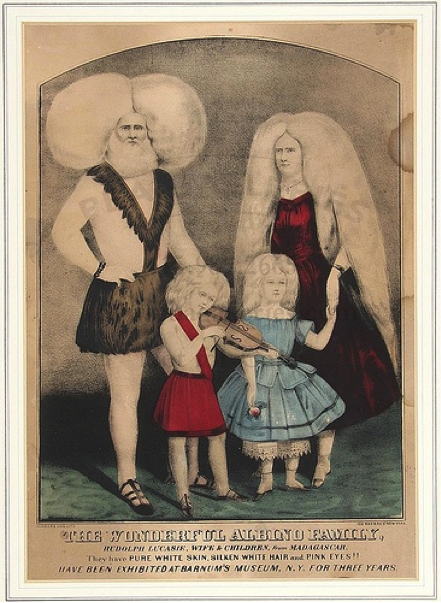
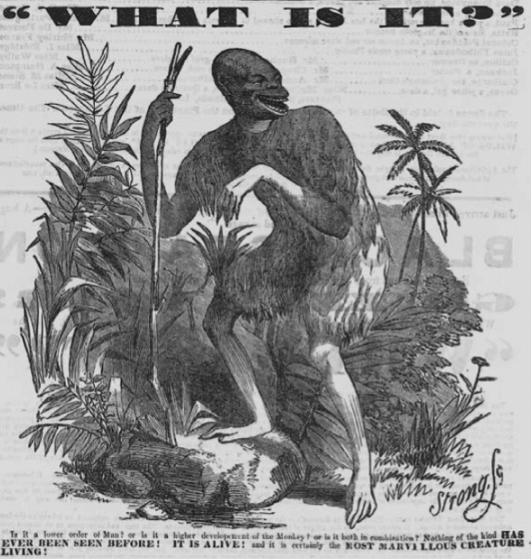
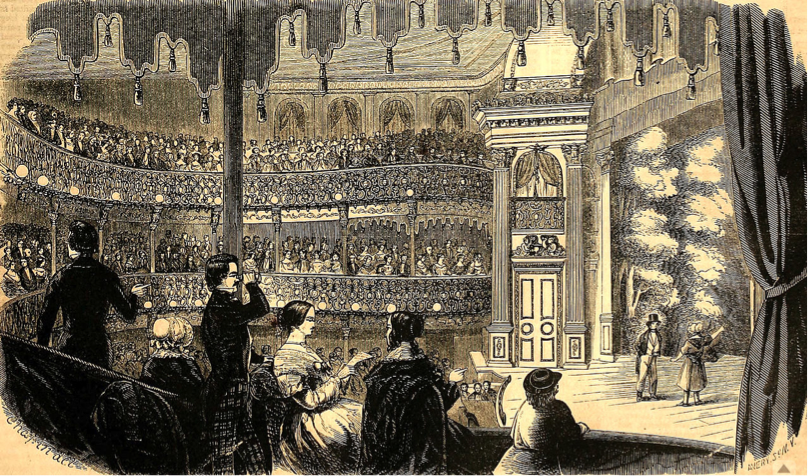
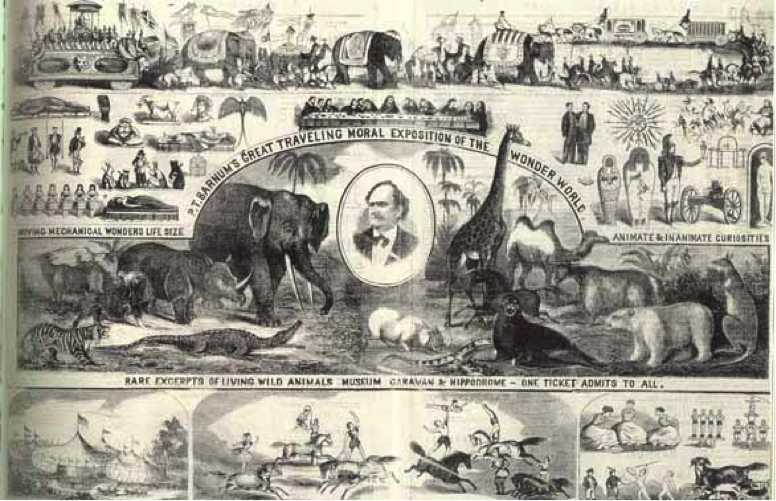
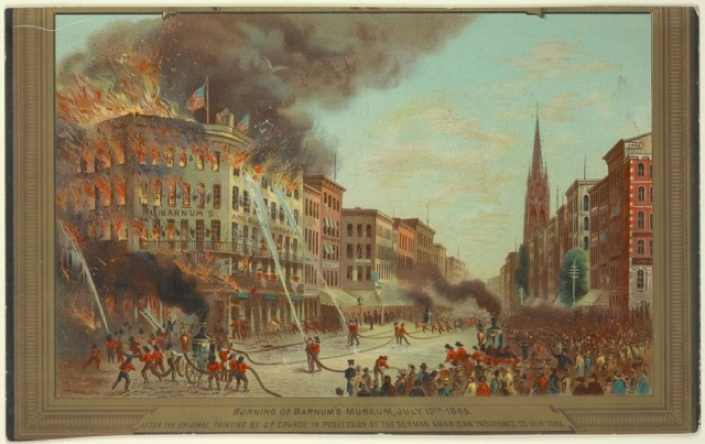
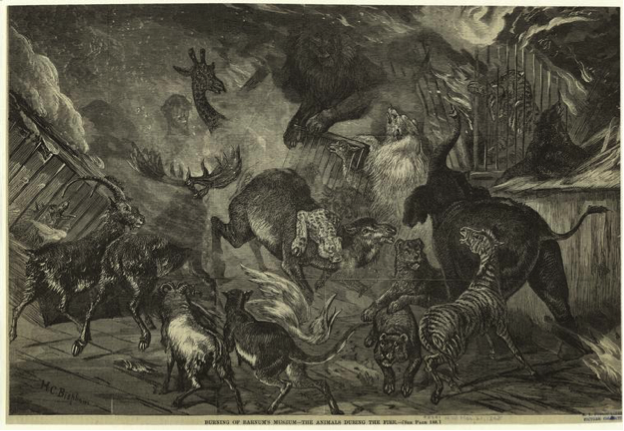
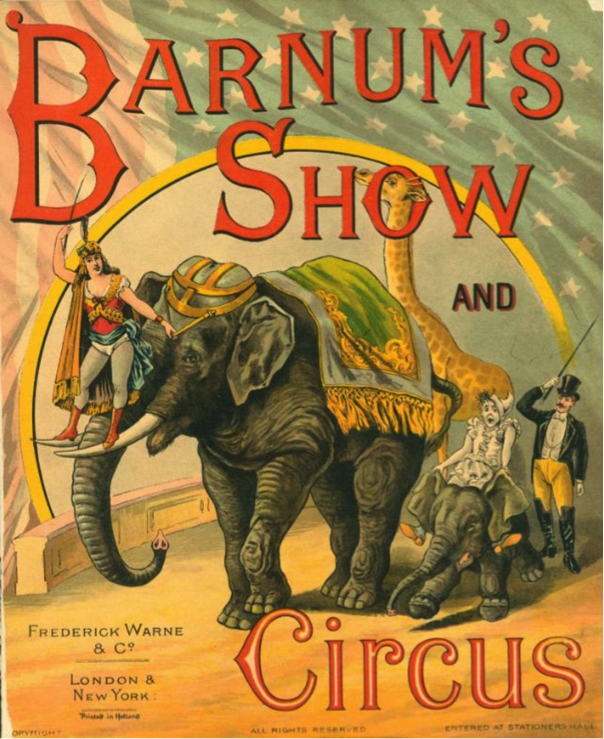
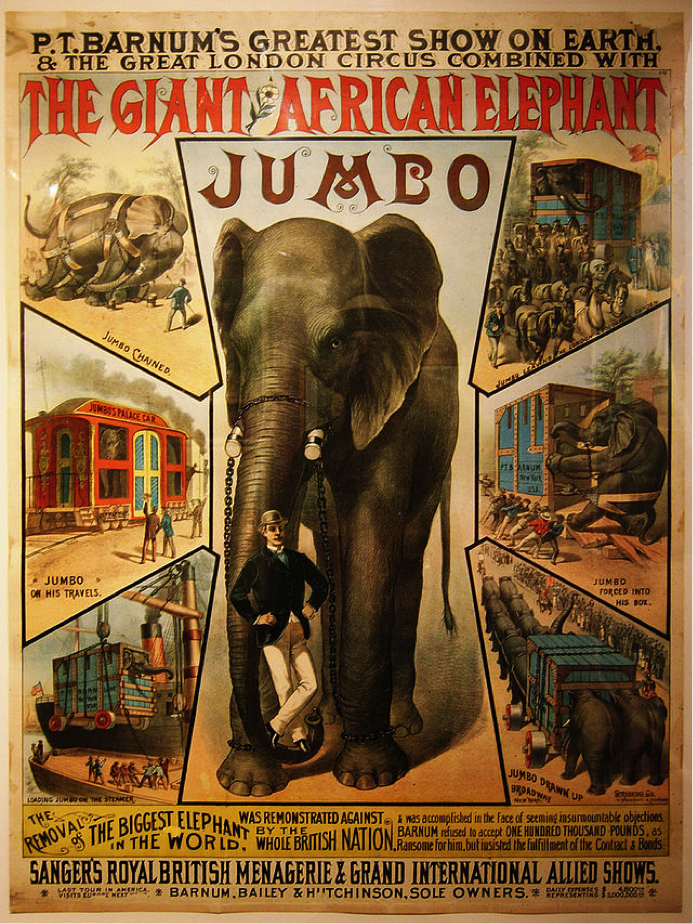
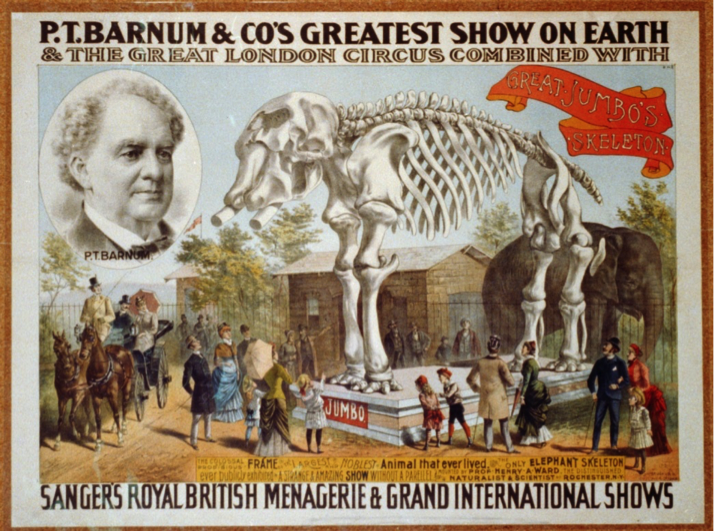

Podcast
Sports
Listen to the following podcast about sports.
